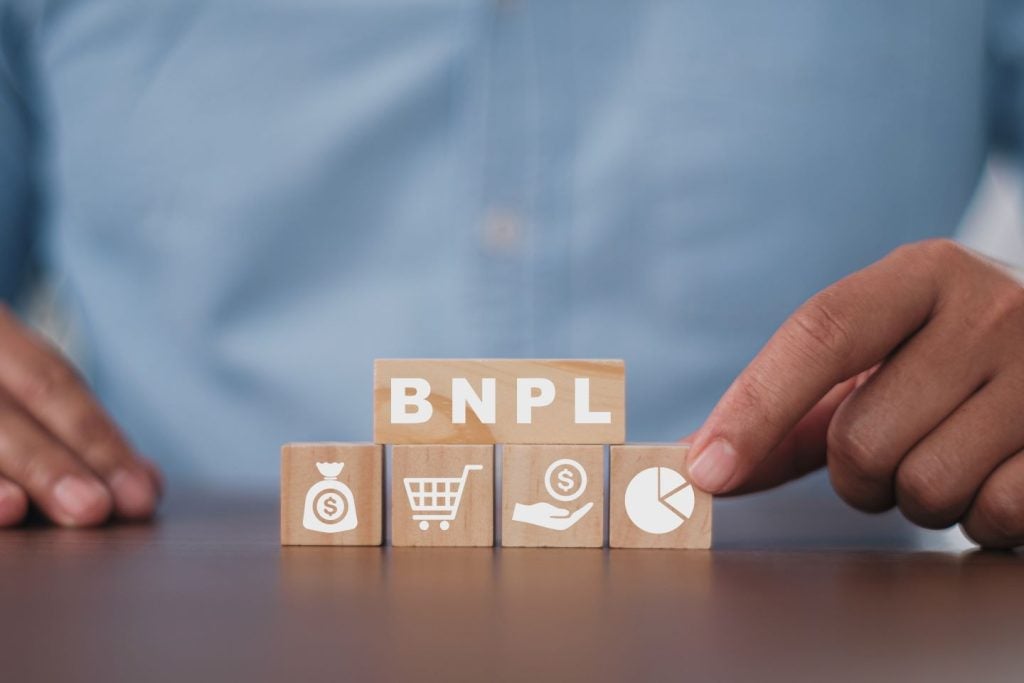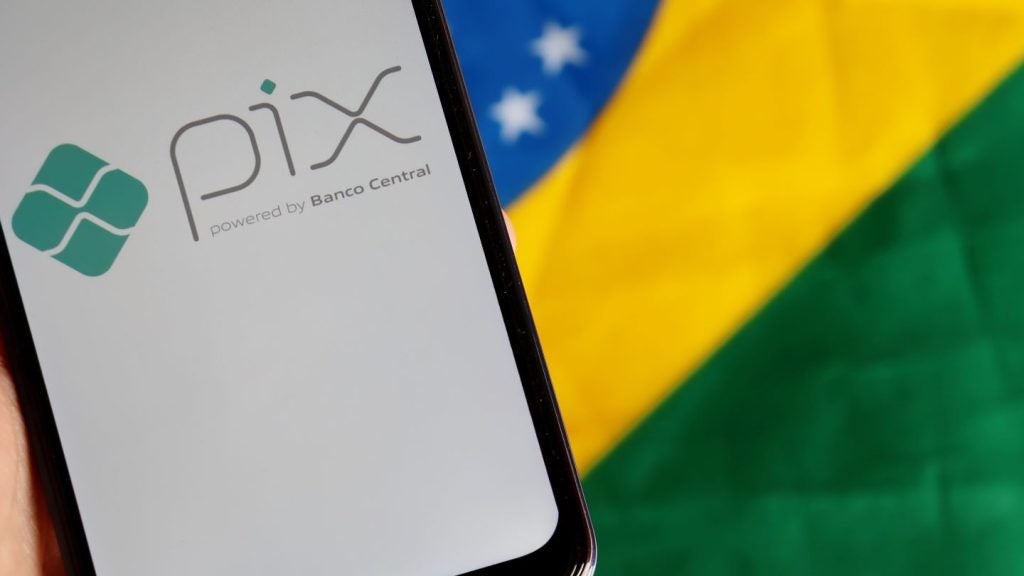
Industry experts look at the road ahead and predict what they see in the horizon in terms of innovation in 2020. Mohamed Dabo reports.
Josh Wiles, Founder and President of Novo Dia Group (NDG)
Accelerated adoption of electronic payments in grocery among the underserved
Over 45 million low-income Americans spend more than $70 billion a year to buy produce and other healthy food at grocery retailers and farmers markets using their Supplemental Nutrition Assistance Program (SNAP) mag-stripe cards.
As The Special Supplemental Nutrition Program for Women, Infants, and Children (WIC) completes rollout of its e-card by October 2020, we will see electronic payments in the grocery segment hit critical mass in 2020, helped by two major developments:
While most national retail chains integrate electronic benefit transfer (EBT) payments such as SNAP and WIC into their point-of-sale (POS) systems, smaller grocers have had to catch up.
Today, merchants eligible to accept EBT have the option to upgrade from legacy POS terminals to intuitive, user-friendly and more cost-effective mobile alternatives that provide simpler and faster checkout by accepting SNAP and WIC—along with cash, credit, and debit—on one system.
Recently, the USDA’s Food and Nutrition Services (FNS) group announced a cooperative agreement with the National Association of Farmers Market Nutrition Programs (NAFMNP) to provide markets who accept SNAP with access to Mobile Market+, a secure mobile transaction processing application that accepts EBT and all other forms of payment and runs on a cellular/Wi-Fi connection without a local electrical power source.
How well do you really know your competitors?
Access the most comprehensive Company Profiles on the market, powered by GlobalData. Save hours of research. Gain competitive edge.

Thank you!
Your download email will arrive shortly
Not ready to buy yet? Download a free sample
We are confident about the unique quality of our Company Profiles. However, we want you to make the most beneficial decision for your business, so we offer a free sample that you can download by submitting the below form
By GlobalDataSam Murrant, GlobalData
2020: The year of instant payments
The payments discourse in the last few years has focused on the big buzzword technologies: AI, blockchain, biometrics, the Internet of Things. However, the most transformative technology for payments in 2020 will not be any of those, but instead instant bank-to-bank payments systems.
The ability to send money in real time between bank accounts has obvious applications for remote payments, and many popular online and P2P payment services in the developed world rely on these systems to underpin their fast, cheap domestic transfers. However, the real prize is electronic payments at the POS, long dominated by cards.
Instant payment systems can offer much lower processing costs than cards, making them attractive to merchants – and they can also offer functionality (such as P2P payments) and settlement speed that card-based payments can’t match, making them attractive to consumers. These factors make instant payments a direct threat to card-based payments infrastructure, albeit only within the markets where instant payment systems are available.
Threat to card payments
Visa and Mastercard are already well aware of these existential threats to the business model on which they have relied for decades, and have made moves to buy companies and invest in technologies to retain relevance as instant payment become more popular and prevalent.
Mastercard, for example, took the opportunity to buy instant payments infrastructure specialist VocaLink back in 2016 – the company has since gone on to help build numerous instant payment systems.
Instant payments have already proven themselves in the US – one of the last developed markets to adopt the technology – as shown by the popularity of the Zelle P2P payments service. Zelle is built on a private instant payments system maintained by Early Warning Services, a joint venture owned by major American banking brands. It does not cover all US banking brands, but it has already overtaken Venmo in terms of number of transactions.
A step forward
The biggest step forward made in 2019 for instant payments, though, was the development of TIPS, a cross-border instant payment system based on the SCTInst infrastructure. It only allows for transfers between participating banks within the Eurozone, but it represents a step outside of domestic payments markets for these systems.
TIPS has already set its sights on disrupting POS payments, and if it can build enough of a user base via P2P, it will be able to make a strong case for merchant acceptance based on its much lower cost per transaction than card-based payments.
The difficulty in making these systems a true challenge to the card-based infrastructure that dominates the cross-border payments market, though, is in making them interoperable with one another. Once that starts to happen, the card-based infrastructure will rapidly fade into the background. In the immediate term, these systems will continue to build domestic momentum, leading up to challenging the card schemes at the point of sale.
Cristina Astore, North Western Europe Region Sales Director, SIA
Blockchain was the star in 2019
2019 was expected to be focused on the advent of PSD2 and Open Banking, however It has not yet shown its full potential in practical terms.
Blockchain instead began to attract more and more attention. The deployment of relevant initiatives based on permissioned Distributed Ledger Technology (DLT) went beyond the proof of concept. For example, the ‘Spunta project’, commissioned by the Association of Italian Banks (ABI), greatly improves the resolution of interbanking reconciliation issues, a highly manual and time-consuming process.
The initiative will be fully operational across the whole Italian banking community in the second half of 2020, increasing automation and reducing the time to redress reconciliation issues from three days to less than three hours.
Another example is a project started by the Municipality of the City of Bari in the south of Italy, to digitise in total security the administrative processes related to sureties and achieve greater efficiency, eliminating manual error and preventing fraud, by using DLT and smart contracts.
Both initiatives involving SIA show the enormous potential of Blockchain to provide solutions in the context of communities sharing common business processes based on decentralised applications.
Innovation improves mobility
Mobility is another area where the introduction of innovation has brought a significant improvement in the user experience. Italy is driving this evolution.
Following Milan in 2018, Rome deployed contactless ticketing over the underground and local railway network. Travellers are able to use their normal contactless credit or debit card at the turnstile, removing the need to buy paper tickets. The system also automatically charges the best fare based on the number of journeys made.
A similar move happened at the Venice public transport authority with the adoption of Android SmartPOS terminals on every vaporetto boat in order to digitise the purchase of tickets by residents and tourists alike.
Payment digitisation generates a significant volume of data that can be exploited to improve existing services and develop new ones answering customers’ needs. For example, transportation authorities can get crucial information about travel itinerary patterns from contactless ticketing, unobtainable with paper tickets, to better serve travellers by adapting transit lines to customers’ usage. We expect to see in 2020 a strong development of Big Data systems based on payment in other sectors and not only in transport.
The Internet-of-Things
The Internet-of-Things will also contribute to streamlining some automatic payment processes. We foresee a rise in the number of such devices, driven by advances in technology and the expansion of 5G mobile networks. Furthermore, we are working to better integrate them within payments infrastructure, in association with Artificial Intelligence to develop increasingly sophisticated use-cases.
We will see a further acceleration towards consolidation in payment and financial services. One example is the roadmap to the Eurosystem Single Market Infrastructure Gateway promoted by the European Central Bank, and another is reflected by our progress in the Business Process Outsourcing of large card portfolios.
Finally, we expect to see a strong growth of e-commerce, supported by the roll-out of new solutions for mobile payments based on Open Banking access-to-account solutions introduced by PSD2.
Doug Gross, CEO at NGDATA
A 2020 ‘perfect vision’ for the financial services sector: what will your bank do for you?
It’s been an exciting year in the banking sector. Along with innovation being pushed along by the industry, there has also been the added pressure of regulatory change, such as the introduction of 2FA this September.
In the past few years, much has been made of the potential for technologies such as blockchain, IoT and cryptocurrencies to revolutionise the industry. However, adoption and progress seem to have been slower than analyst estimates – with Accenture announcing we were close to AI critical mass back in September 2018.
But could the moment finally be upon us? It seems like an ideal time to look to the future and imagine what the retail bank of the future may look like. Here are my predictions for the trends we’ll see emerging or continuing in 2020:
Premium features – innovation must equal experience
As a range of industries increasingly move towards the ‘freemium’ model, banking is no exception. 2019 was certainly another year full of exclusive premium features – from metal banking cards released by N26 and Revolut, to a high street bank releasing a fingerprint biometric card.
The challenge for the financial services sector in 2020 will be to see beyond their often-gimmicky appearance and branding, to truly understand underlying customer desires. What do consumers need and how can the bank fulfill that need? This could lead to an exciting new suite of services for customers, where the bank acts as a facilitator for a range of activities outside of hardcore banking.
Think of the way you currently buy tickets for public transport or find offers for specific events – banks could make these interactions less painful and more enjoyable for customers. The key will be to move from a superficial to a deeper understanding of customers in order to build the services which will hit the right note with audiences.
Conversational fluency: time for bank brands to get chatty?
While marketing teams have been preoccupied with becoming omnichannel for several years now, the truth is that the consumer world is already miles ahead – becoming ‘channel neutral’. But there is nothing more jarring for the consumer than disjointed communications across channels, which belie banks’ compartmentalised approach to dealing with customers.
In 2020, banks will bring down walls between the siloes of data generated by different channels and platforms. This will allow them to make the customer interactions seamless across branch, online, mobile and more. Going forward, the power to choose the channel of communication will be that of the consumer, not the bank – and they will be able to expect the same level of customer service whichever channel they choose.
The financial ecosystem: banks become data vaults
As customers, we’re becoming increasingly aware of the need to protect our data. Banks are the perfect candidates to become our ‘data vaults’ – becoming the central guardian of our personal data and acting as a platform to manage it and handle data transactions.
Data has been called the new currency, but in the new future we can expect banks to position themselves as a trusted advisor over data as they did traditional cash and credit. This will mean a significant rethink of their business models in order to capitalise on these opportunities.
So far, open banking legislation has led to the emergence of apps like Cake, which run on this premise. But with the rising adoption of technologies like machine learning and AI, in the near future, banks and other financial services providers will collaborate more on building new, relevant services and democratising the availability of on-demand expert financial advice and communications. This will be part of a wider trend in which your bank will now be able to offer you goal-oriented help, rather than just new products.
Profit v purpose
What marketers need to learn in 2020 is that there is indeed a business case for brand purpose in the financial services industry. Building brand loyalty in 2020 will have a foundation of authenticity and deep understanding of customers, where the customers and brands are telling stories together.
Research from Kantar Consulting has shown that consumers expect companies to exercise their influence over the world responsibly – and that when it becomes the foundation of everything a company does, that company will be more financially successful. Yes, banks offer practical services that are necessities of modern living, but likewise they need to have authentic motives in order to gain the trust of audiences who are now looking for brands across verticals to align with their own priorities and social interests.
The message to banks is clear: evolve or die. With an ever-growing number of competitors emerging from a variety of industries, from fintech to big tech, in 2020 the financial services sector will be challenged to truly show its worth to the customer by letting go of their traditional inflexible approach and focusing instead on growing their position as a trusted advisor to customers – irrespective of platform, channel, or industry.











